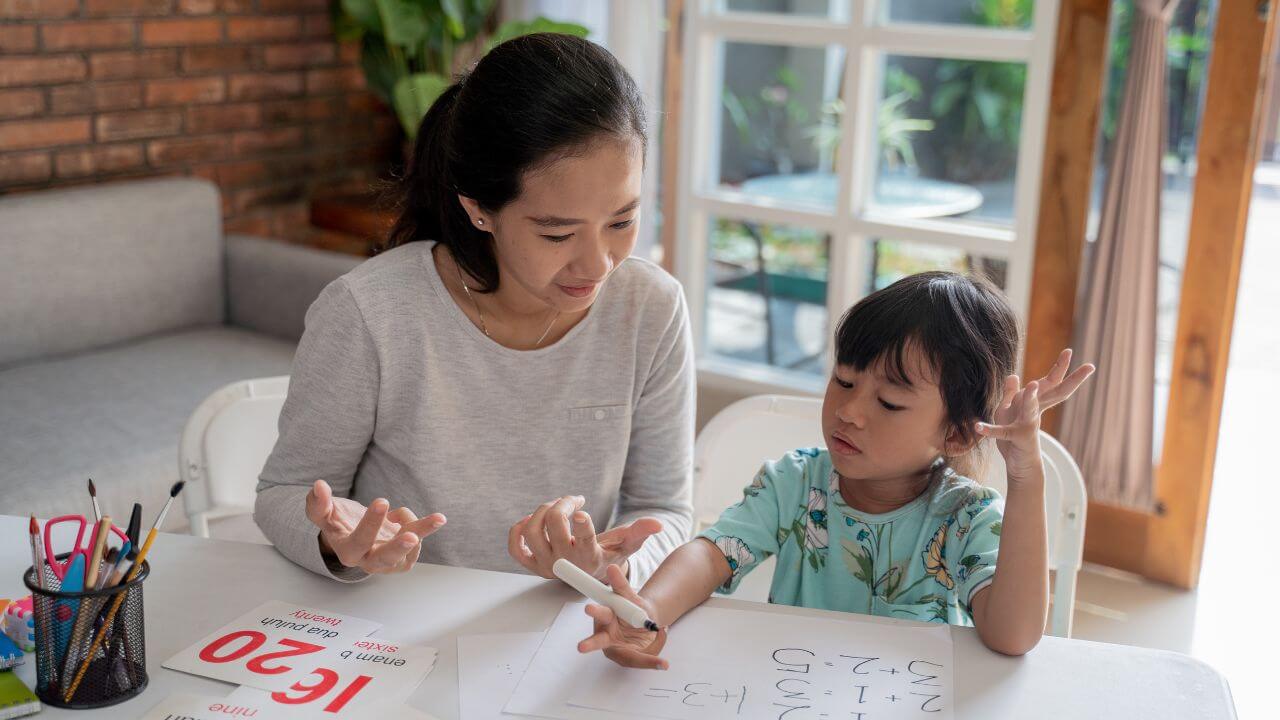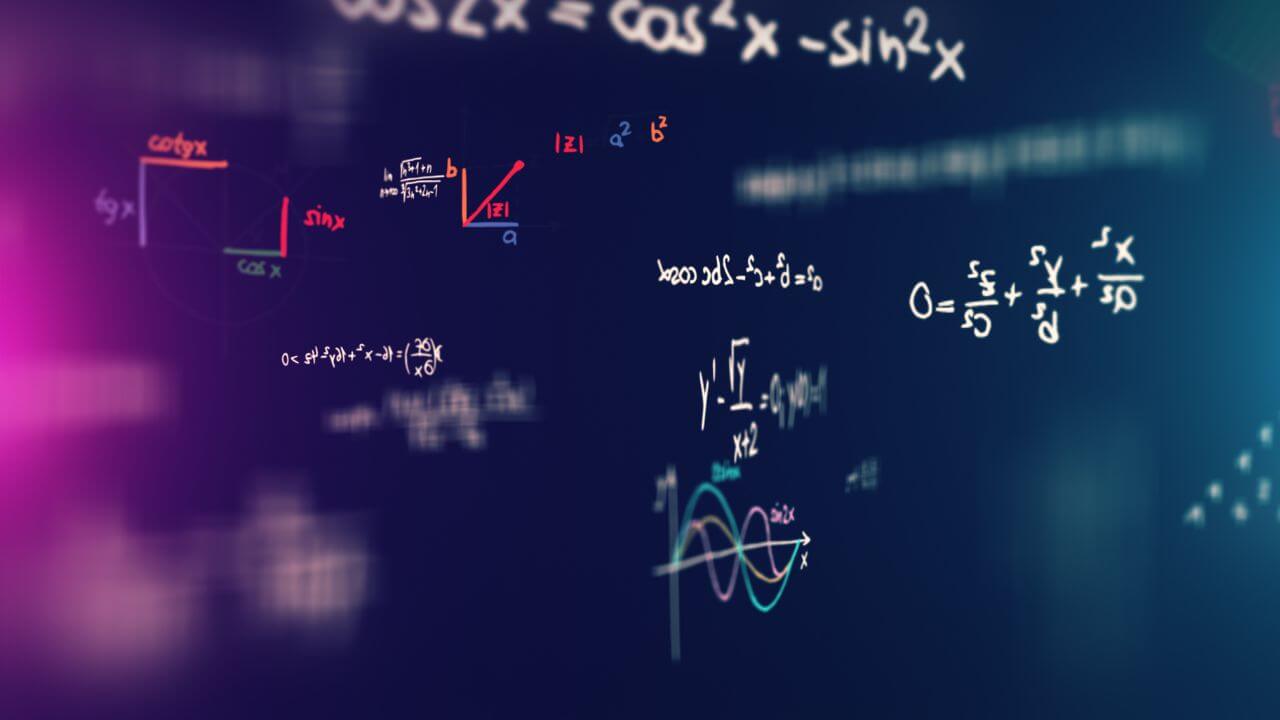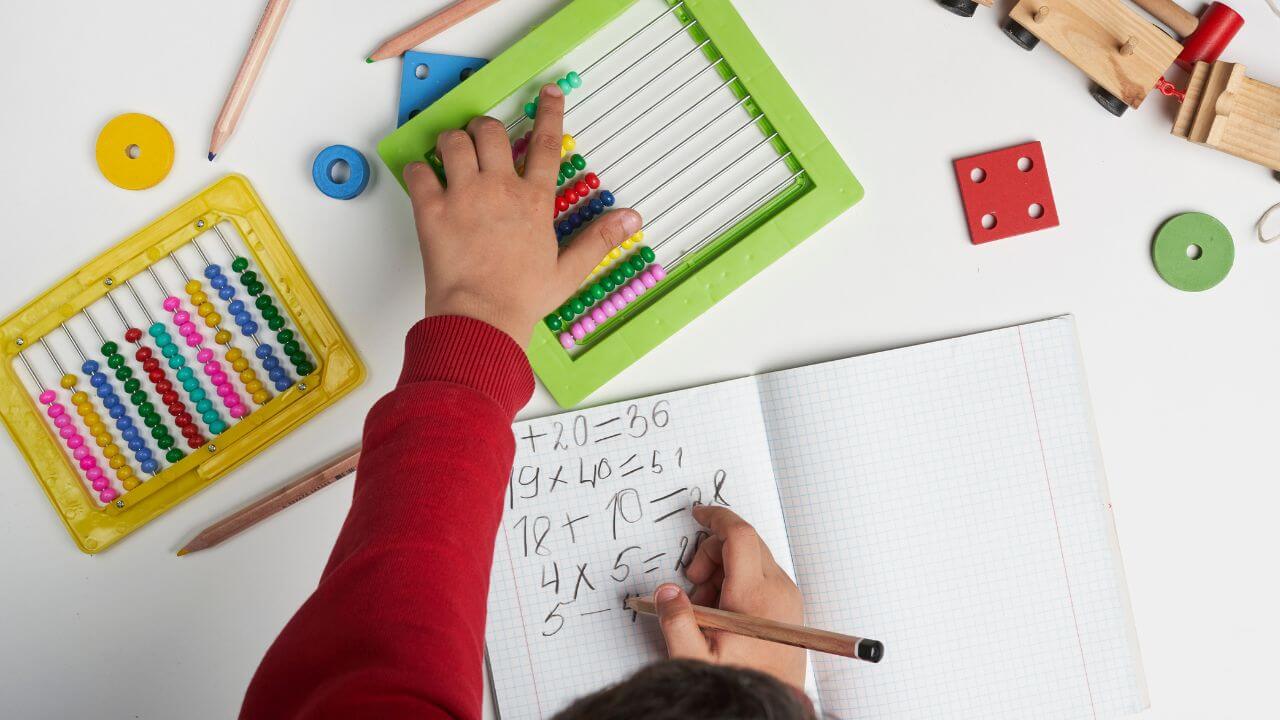Digital vs Traditional: Which Math Learning Style Suits Asian Learners Best in 2025?
Introduction: The Rise of Multiple Learning Paths
Singapore continues to set the gold standard in mathematics education across Asia. But as the education system becomes increasingly complex and technology-driven, parents and students face an important decision: Should you stick to traditional face-to-face math tuition, or explore digital learning solutions?
In 2025, the pressure on students in Secondary school, Junior College (JC), IB, and Integrated Programme (IP) levels is higher than ever. Math tuition has become not just common—but essential. While the traditional model is tried and tested, digital math tuition is rapidly evolving and gaining popularity, especially in light of the recent acceleration in e-learning solutions during and after the COVID-19 pandemic.
In this comprehensive guide, we explore both tuition styles and determine which approach best fits the unique learning needs of Asian learners in Singapore.

Understanding the Needs of Asian Learners
Why Is This Decision So Critical for Asian Families?
In many Asian societies, including Singapore, education is seen not just as a path to academic achievement—but as a cornerstone of future success. This mindset heavily influences how math is taught, learned, and perceived.
Key Characteristics of Asian Learners in 2025:
- Highly Exam-Oriented: From PSLE to A-Levels, students are conditioned to prepare intensively for national exams.
- Parental Guidance: Parents are deeply involved in academic decision-making, often preferring proven systems like traditional math tuition.
- Early Specialization: Math tuition begins at younger ages; Secondary 1 students may already be preparing for JC-level content in the IP stream.
- Adaptability: This new generation of learners is tech-savvy, open to hybrid models, and expects flexibility in their learning environments.
Understanding these traits helps families better align their child’s learning environment with their strengths and challenges.

Traditional Math Tuition: The Classic Route
Traditional math tuition has long been the backbone of Singapore’s academic success. From small group classes to premium 1-to-1 home tutoring, this model offers proven results. Leading providers like Perfect Solution Education Group have built reputations on delivering results, particularly in demanding courses like H2 Math and IP Year 4 Math.
✅ Pros of Traditional Math Tuition
1. Face-to-Face Interaction Enhances Understanding
In-person lessons foster real-time engagement. Tutors can immediately clarify concepts like differentiation, integration, or statistical modeling. This is especially important for JC H2 Math and IB HL Math students who often face challenging theoretical problems.
2. Discipline and Focus
Learning in a tuition centre or physical class minimizes distractions. In a digital environment, students might be tempted to multitask—but in a traditional classroom, they are more likely to remain attentive and proactive.
3. Physical Practice and Feedback
Working on paper builds exam muscle memory. Traditional tutors often assign topical worksheets, timed drills, and past-year exam papers that reinforce foundational skills needed for O-Level or A-Level math exams.
4. Peer Learning in Group Tuition
In group tuition settings, students benefit from collaborative problem-solving. Observing how others approach a math problem, such as a trigonometric identity proof or vector transformation, helps deepen conceptual understanding.
❌ Cons of Traditional Math Tuition
- Limited Flexibility: A fixed schedule may clash with students’ other commitments, such as CCAs or family obligations.
- Commute and Travel Time: Especially in a city like Singapore, travel between school and tuition centres can drain students’ energy and time.
- Inconsistency in Tutor Quality: While centres like Perfect Solution maintain high standards, not all tutors in the market meet these expectations.

Digital Math Tuition: The Modern Approach
Digital math tuition has transitioned from an emergency solution during the pandemic to a long-term learning strategy. Platforms now offer virtual whiteboards, screen sharing, and instant messaging that replicate many aspects of traditional teaching—sometimes even enhancing them.
Perfect Solution Education Group offers a powerful digital curriculum that includes IB and JC math online coaching, highly suited to today’s mobile learners.
✅ Pros of Digital Math Tuition
1. Increased Accessibility and Flexibility
Students can attend lessons from anywhere—at home, while traveling, or even from overseas. This flexibility is especially useful for students managing tight schedules or for those involved in demanding IP and IB programmes.
2. Engaging Tech Tools
Interactive tools such as Desmos (for graphing), GeoGebra (for geometry), and online calculators bring abstract math concepts to life. This visual engagement can help students better understand areas like 3D vectors, functions, and calculus.
3. Recorded Sessions and On-Demand Help
With session recordings, students can revisit challenging parts of a lesson. This is perfect for revision during exam season, or for slower-paced learners who need more time to process information.
4. Access to Niche Subject Experts
Students looking for specialized topics—like H2 Math Probability or IB HL Calculus—can find qualified tutors who may not be available locally.
❌ Cons of Digital Math Tuition
- Limited Supervision at Home: Students may lose focus without an adult physically present, especially younger learners in Secondary 1 or 2.
- Lack of Interpersonal Connection: Some students struggle to stay engaged through a screen and miss out on collaborative learning.
- Technical Glitches: Internet lag, software crashes, or device compatibility issues can disrupt lesson flow and reduce effectiveness.

Comparing Learning Styles by Education Level
1. Secondary Math (O-Level / IP Lower Secondary)
- Traditional Tuition Advantage: Younger students often benefit from in-person guidance to build study habits and foundational math skills.
- Digital Tuition Advantage: Students in the IP stream may benefit from digital supplements that accelerate learning beyond the school curriculum.
2. Junior College (JC1 & JC2 / H1 & H2 Math)
- Traditional Advantage: The abstract nature of topics like functions, complex numbers, and integration is better handled with face-to-face instruction and guided practice.
- Digital Advantage: Self-directed students can use recorded lectures or topic-specific lessons to fine-tune weak areas before exams.
3. IB Math (SL & HL)
- Traditional Advantage: For students unfamiliar with the IB structure, live explanations can help decode complex syllabi and project requirements.
- Digital Advantage: SL/HL math students preparing for IA or final assessments can benefit from digital coaching that allows scheduling flexibility and project-based support.
4. Integrated Programme (IP Math)
- Traditional Advantage: IP students, who often deal with unique school curricula, benefit from structured lessons aligned with school pacing.
- Digital Advantage: Customised digital lessons can fill learning gaps or accelerate progress for advanced IP math topics like vectors, logarithms, or circular measure.
Learning Style Profiles: What Type of Learner Are You?
| Learner Type | Best Suited For | Recommended Mode |
| Visual Learner | Graphs, equations | Digital (simulations, diagrams) |
| Auditory Learner | Verbal explanations | Traditional or Digital (recordings) |
| Kinesthetic Learner | Hands-on problem solving | Traditional (whiteboard, paper-based) |
| Self-Paced Learner | Flexible schedules | Digital |
| High-Achiever | Exam mastery | Traditional + Digital combo |
Understanding your learning style is crucial. For instance, a self-paced IP learner might thrive in digital classes, while a kinesthetic JC student benefits more from traditional classroom problem-solving.
The Blended Learning Model: Best of Both Worlds
In 2025, the future of tuition may not be a choice between digital or traditional—but a smart blend of both.
Benefits of Blended Learning:
- Maximum Flexibility: Attend physical classes weekly, and use digital resources for revision or travel weeks.
- Reinforced Learning: Concepts taught in person can be reviewed digitally with recorded sessions and interactive quizzes.
- Improved Academic Confidence: Blended students often feel more in control of their progress, resulting in better outcomes across national and international exams.
Perfect Solution Education Group encourages parents to explore both modes and craft a custom learning plan that aligns with their child’s academic goals.
Tips for Choosing the Right Math Learning Style in 2025
- Know Your Child’s Learning Style: Ask them how they prefer to learn. Are they more independent or do they need guided help?
- Review Academic Goals: Are they aiming for distinctions in H2
Math? Preparing for IB assessments? Choose based on intensity and curriculum.
3. Check the Tutor’s Credentials: Always ask about tutor experience—especially for digital tutors handling specialised math subjects.
4. Trial Both Options: Enroll in trial classes—both digital and physical—to see which format improves comprehension and engagement.
5. Monitor Performance Over Time: Track scores, attention span, and attitude towards learning to evaluate effectiveness.
Conclusion: What Works Best for You?
Ultimately, the best math tuition style depends on the student. While traditional learning offers structure and motivation, digital tuition brings flexibility and innovation. As Singapore continues to lead in math education, students who can adapt and thrive in either—or both—styles will be better positioned for academic success.
Whether your child is preparing for Secondary school math, the rigours of JC H2 Math, the global IB curriculum, or navigating IP demands, Perfect Solution Education Group offers flexible, expert-led options for every learning style.
👉 Visit www.h2maths.com to book a free consultation or trial class tailored to your level and goals.
